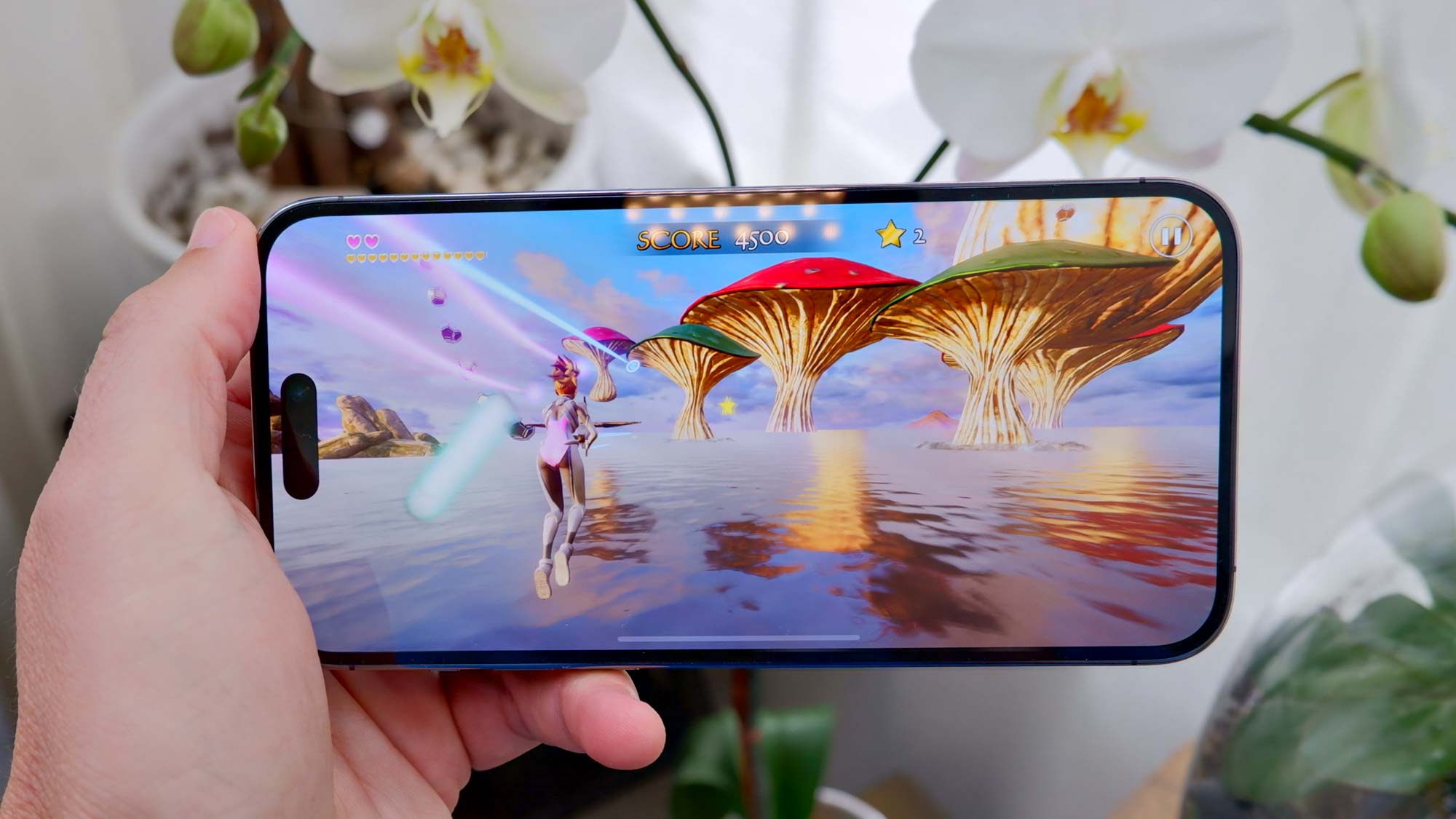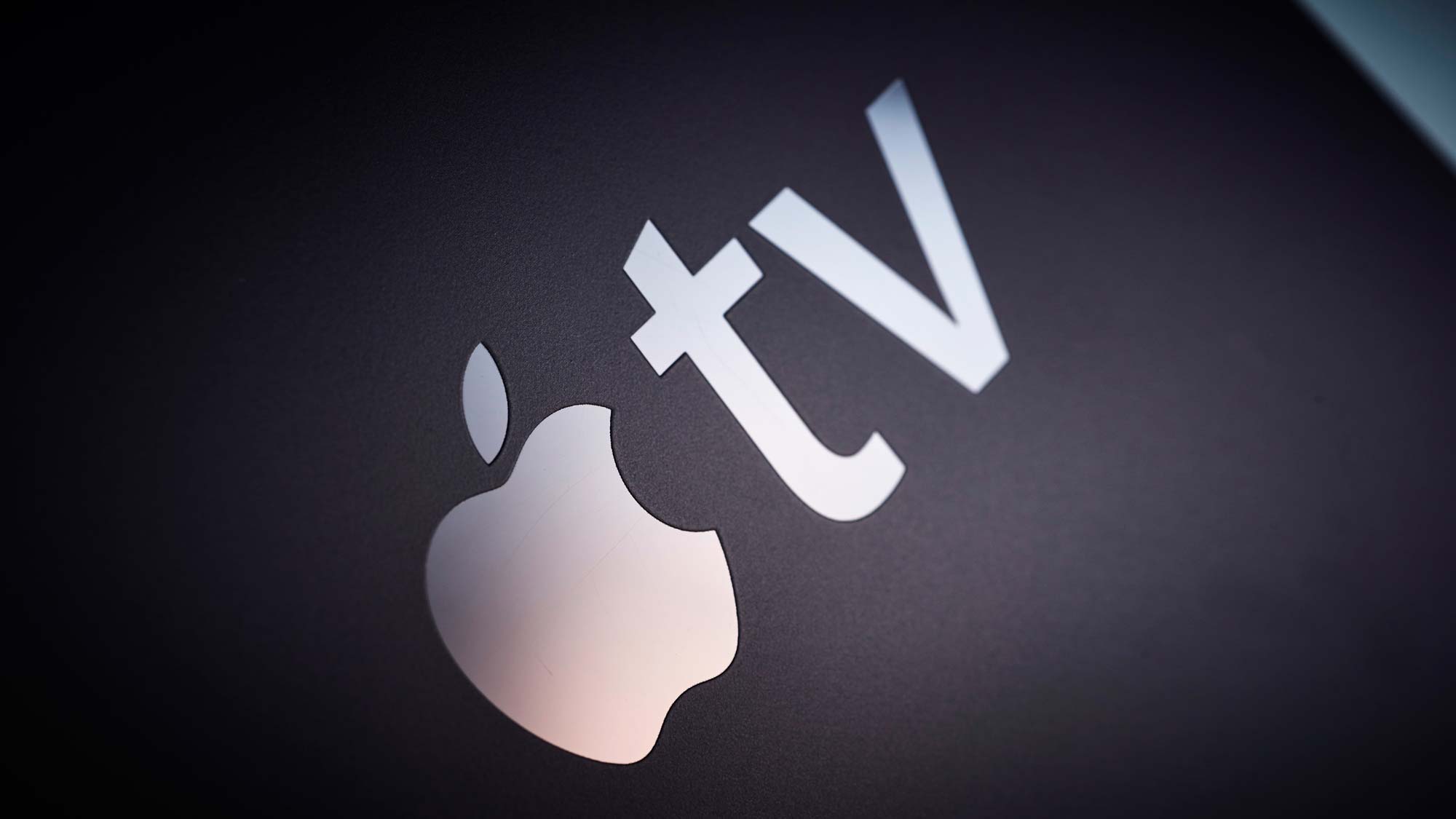iPhone 15 expected to run on A16 Bionic — how will that affect performance?
Does the older silicon still have what it takes?

Excitement is certainly building about the A17 Bionic, Apple's latest mobile chip that's slated to be the driving force in some of this year's iPhone 15 models. Built on a 3nm processor — the first mobile silicon to make that claim — the A17 promises gains for both performance and power efficiency as a result of its more compact size. Grab an A17-powered iPhone this fall, and you're more or less assured of having the best-performing phone around.
But what happens if the iPhone 15 model you buy doesn't have an A17 Bionic inside?
It's a very really possibility, as Apple now splits which of its phones feature which of its chipsets. Starting with last year's iPhone 14 release, it's the Pro models that get the top-of-the-line system-on chip, while the other devices in Apple's lineup adopt the chipset powering the previous year's Pro phones.
Apply that approach to the upcoming iPhone 15 release in the fall, and it's the iPhone 15 Pro and iPhone 15 Pro Max that figure to be the exclusive home for the A17 Bionic. As for the regular iPhone 15 (and the larger iPhone 15 Plus), you can expect an A16 Bionic to run the show. That's the same chipset that debuted in last year's iPhone 14 Pro models.
Living with a year-old chipset in a brand new phone sounds like its something iPhone fans are going to have to get used to, as Apple continues to look for ways to make its Pro offerings more appealing. And based on what we know about the A16 Bionic, it looks like anyone who buys an iPhone 15 or iPhone 15 Plus will at least enjoy a top-performing device, even if it's not the top-performing device.
A16 Bionic benchmarks: What we know
The advantage of Apple sticking with an already-released system-on-chip is that we already have a good idea of how it might perform, based on our iPhone 14 Pro benchmarks. Looking at overall performance, A16-powered iPhones continue to show a lot of muscle, even when compared to phones that came out after last fall's iPhones.
| Phone | Processor | Geekbench 5 (single core/multicore) |
| iPhone 14 Pro | A16 Bionic | 1891 / 5469 |
| iPhone 14 Pro Max | A16 Bionic | 1882 / 5333 |
| Samsung Galaxy S23 | Snapdragon 8 Gen 2 for Galaxy | 1522 / 4876 |
| Google Pixel 7 | Tensor G2 | 1054 / 3021 |
| OnePlus 11 | Snapdragon 8 Gen 2 | 1166 / 4962 |
| Motorola Razr+ | Snapdragon 8 Plus Gen 1 | 1320 / 4134 |
The Geekbench 5 test that measures general performance showcases the A16's power. Both the iPhone 14 Pro and iPhone 14 Pro Max turn in the best numbers on the single core and multicore portions of the test, with the Galaxy S23 and OnePlus 11 coming the closest to challenging that dominance. Those two phones use the Snapdragon 8 Gen 2 — Samsung's phone has an overclocked version of that chipset — but even the leading Android silicon can't approach the raw performance numbers that the A16 Bionic yields.
Get instant access to breaking news, the hottest reviews, great deals and helpful tips.
| Phone | Processor | Adobe Premiere Rush (Mins:Secs) |
| iPhone 14 Pro | A16 Bionic | 0:26 |
| iPhone 14 Pro Max | A16 Bionic | 0:30 |
| Samsung Galaxy S23 | Snapdragon 8 Gen 2 for Galaxy | 0:39 |
| Google Pixel 7 | Tensor G2 | 0:47 |
| OnePlus 11 | Snapdragon 8 Gen 2 | 1:11 |
| Motorola Razr+ | Snapdragon 8 Plus Gen 1 | 0:44 |
We see that in real-world applications, too, such as when we time how long it takes Adobe Premiere Rush to transcode a short video clip. The iPhone 14 Pro's 26-second time remains the best, though the Galaxy S23 is able to get within 10 seconds of the iPhone 14 Pro result. Nevertheless, the A16 Bionic is still the top performer here, which should encourage would-be iPhone 15 buyers.
| Phone | Processor | Wild Life Unlimited (fps) |
| iPhone 14 Pro | A16 Bionic | 74.3 |
| iPhone 14 Pro Max | A16 Bionic | 74 |
| Samsung Galaxy S23 | Snapdragon 8 Gen 2 for Galaxy | 87.3 |
| Google Pixel 7 | Tensor G2 | 40.3 |
| OnePlus 11 | Snapdragon 8 Gen 2 | 84.4 |
| Motorola Razr+ | Snapdragon 8 Plus Gen 1 | 66.8 |
If there's any area of concern for the iPhone 15, it's the graphics performance produced by the A16 chipset. It's not that the numbers are bad — posting upward of 74 frames per second on 3DMark's Wild Life Unlimited test is a very good result. But the numbers for Snapdragon 8 Gen 2-powered devices are even better, and the results from the Motorola Razr+, which is running on older Snapdragon silicon, isn't that far off the pace.
Looking at those benchmarks, you'd be concerned that an iPhone 15 running on the A16 Bionic would have a hard time topping some of the best-performing Android phones. And with the Snapdragon 8 Gen 3 likely to appear before the end of the year, upcoming Android devices could narrow the performance gap in areas where the A16 currently reigns supreme. That's less of a concern for the A17 Bionic-powered devices Apple's likely to release in September.
An optimized A16 Bionic?

There's one other question looming over the iPhone 15 launch: Will the A16 Bionic powering the new phones be the same as the one in last year's iPhone 14 Pro models?
After all, that wasn't the case with the iPhone 14. Yes, it runs on an A15 Bionic just like the iPhone 13 phones did. But tbe newer models used a chipset with an extra graphics core, and that gave the iPhone 14 a slight boost over its predecessor, even though they both featured the same type of silicon.
In our iPhone 14 benchmarks, the newer phone posted gains of 2% and 8% over the respective Geekbench single and multicore results produced by the iPhone 13. Those aren't huge gains, obviously, but they do reflect some effort to differentiate performance year-over-year. On the Wild Life Unlimited graphics test, the iPhone 14 saw a 15% improvement in frames per second numbers compared to the iPhone 13.
We haven't heard whether Apple plans to pull off a similar move with the A16 Bionic chipset slated for the iPhone 15. But if it does manage to tweak performance in some way, that would address the concerns with how well an older chip inside a new iPhone can stand up to the improved silicon that's likely to power next year's Android flagships.
A16 Bionic iPhone 15 outlook
As our iPhone 15 vs. iPhone 15 Pro comparison indicates, there are going to be plenty of reasons to opt for Apple's more premium phones, and the new A17 Bionic chip is going to be one of those. But if your budget does limit you to the standard iPhone 15 model, you can be assured that your phone will deliver strong performance, even if the Pro models have a lot more muscle under the hood.
More from Tom's Guide
- iOS 17 beta just hinted at a major iPhone 15 Pro upgrade
- iPhone 15 Ultra vs iPhone 15 Pro Max — can Apple justify the new name?
- iPhone 15 vs. iPhone 15 Pro vs. iPhone 15 Pro Max: All the likely differences
Philip Michaels is a Managing Editor at Tom's Guide. He's been covering personal technology since 1999 and was in the building when Steve Jobs showed off the iPhone for the first time. He's been evaluating smartphones since that first iPhone debuted in 2007, and he's been following phone carriers and smartphone plans since 2015. He has strong opinions about Apple, the Oakland Athletics, old movies and proper butchery techniques. Follow him at @PhilipMichaels.

